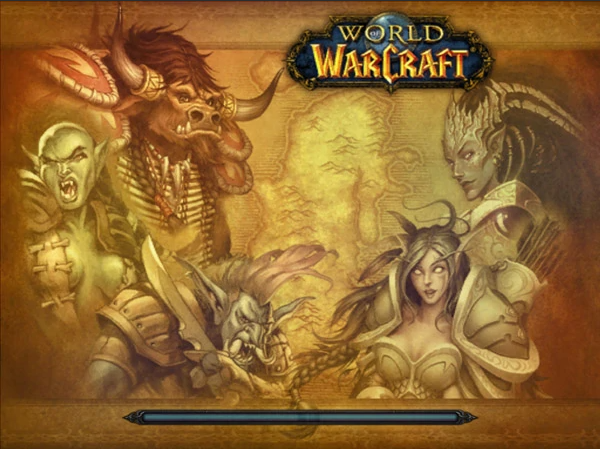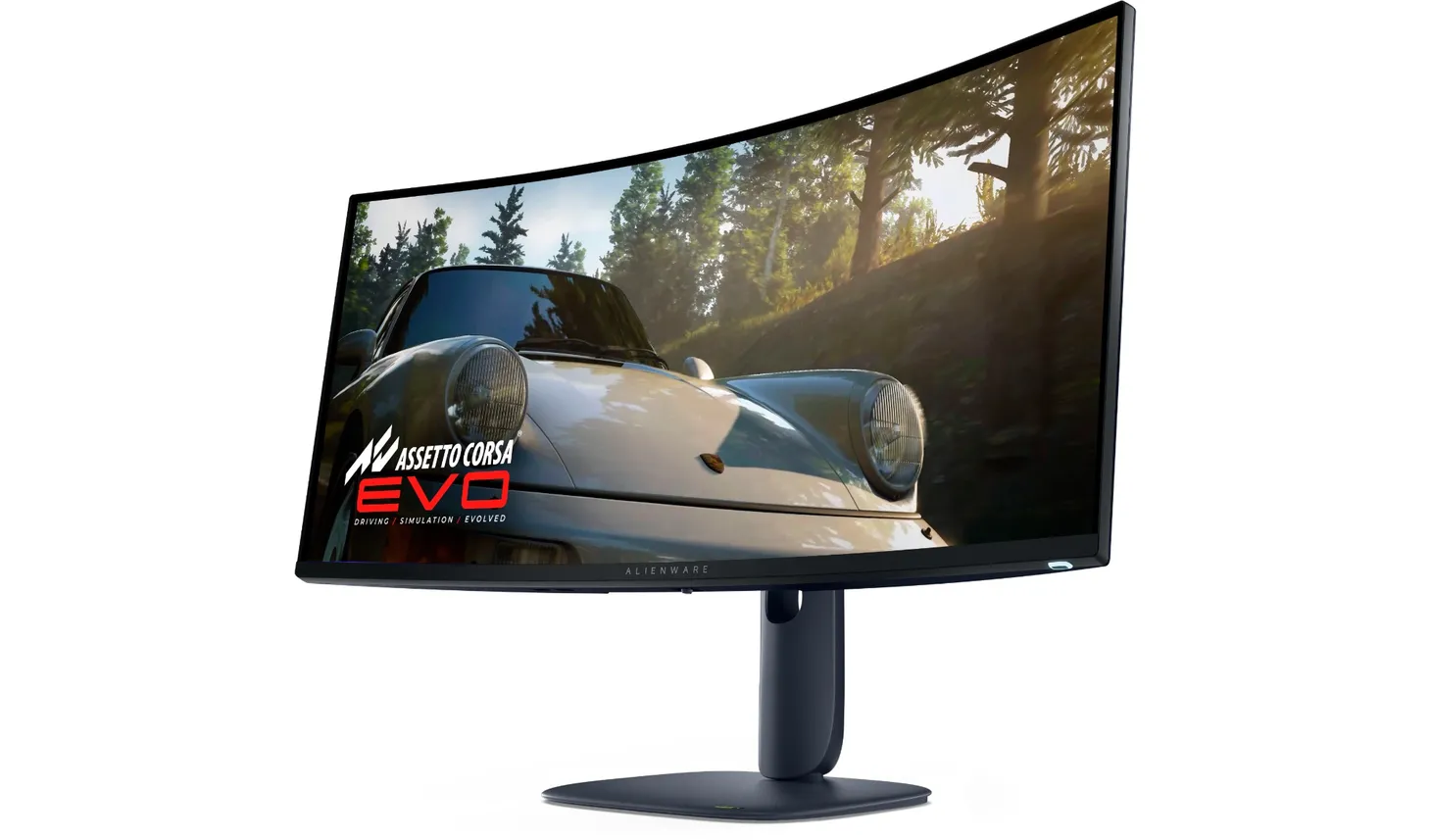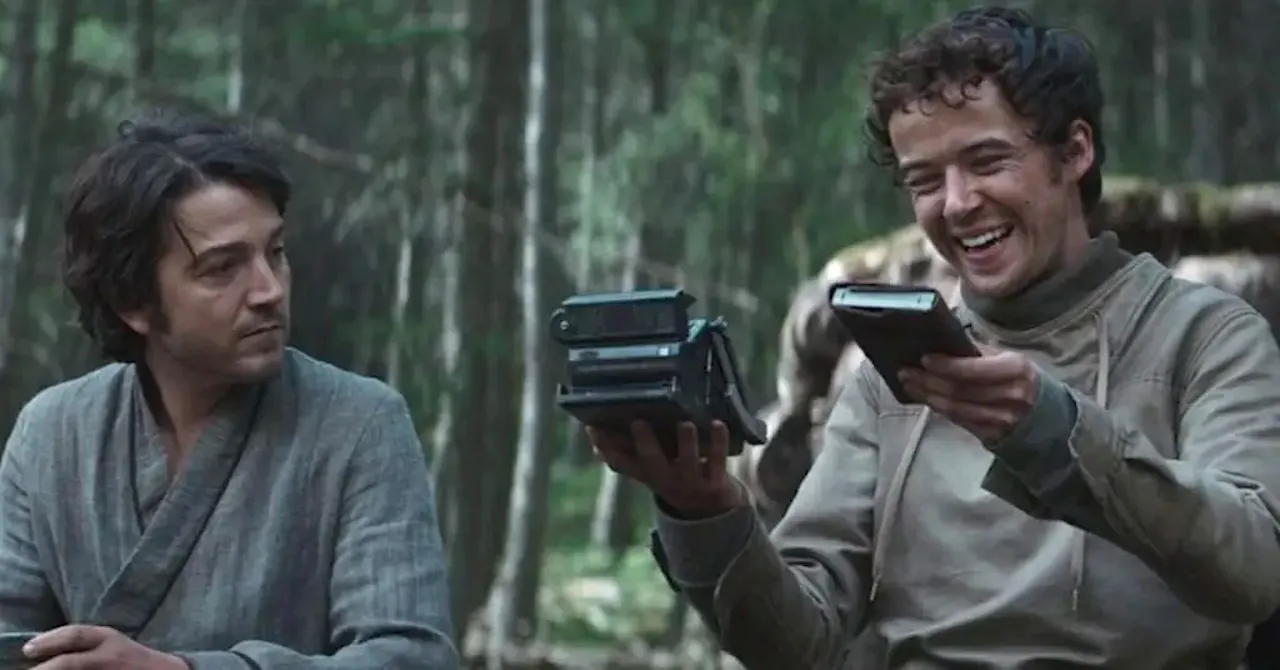An ode to the load
Reduced load times feels like a big win. But let's not forget the important role loading screens have played in our gaming lives.

The loading screen means different things to different players. A moment to stretch the legs, or grab a bite to eat. Perhaps just a frustrating wait before diving back into the action. For me, it’s an interesting, if at times annoying, part of the whole game experience.
The traditional load screen comes in a variety of forms and has evolved over the years to have a wide range of looks and functions. These can largely be split into four categories.
What kind of load is this?
The traditional load is exactly what it says on the tin. A bog standard ‘loading’ screen with not a lot going on. Oftentimes it will just be the word ‘loading’ or some variation, perhaps a nice piece of art, a fancy layout. Other times, the traditional load will be jazzed up a little bit and provided with an in-universe and context flavour. Overall, however, there’s nothing incredibly special about them.
The informative load is, essentially, the traditional load with a little bit of flare. These contain tips about the game, or even pieces of lore about the universe. For example, Vampire: The Masquerade - Bloodlines, a typical load would contain various hints about gameplay. However these hints would change before specific encounters, offering up information about a vampire clan or area, often from the gamebook itself.
The informative load is also perhaps one of the most important, offering worldbuilding that might seem out of place anywhere other than a codex in the main menu. Even more importantly, the hints it offers are an accessibility issue. Whether it’s reminding players of techniques, offering hints that might have otherwise been missed or giving tips on dealing with a difficult boss.
Various games will even have these tips as something the player can scroll through, and require an active input to leave the load screen and dive back into the action instead of just cutting a player off mid-read.
The dynamic load is a more hands on version that comes in various forms. For a long time, Bandai Namco held a patent on the idea of including minigames during load screens that expired in 2015. They’d often do fun things with it, such as including a fully playable Galaga in the original Tekken for PS1. Beyond being just a mini game and loading screen, completing it perfectly was required to unlock a character.
Other times, it offers a way to practice skills and play around in a risk free ‘training’ environment with the character, such as in Bayonetta. The loading screens would even track controller input for those wanting to perfect their combos.
The disguised load is perhaps one of the more recent and increasingly popular versions of the load screen. Though this can be seen in earlier games, such as Resident Evil’s iconic door opening animation. Other games will just play a cutscene to hide the load.
In modern titles, this often takes the form of a corridor or elevator. Consider Kratos in God of War, often slowly making his way through various crevices into the next area, or Mass Effect’s elevator between areas. These ensure the player is never removed from the action, and can oftentimes include small bits of dialogue and worldbuilding, or provide a moment of calm and quiet before the next part of the adventure.
More than wasted time
This brings us to the dilemma of next generation consoles. Loading times are all but eliminated, with users reporting one second load times, if not instant. This is despite some of the more classic styles of load still being present, such as Yakuza: Like A Dragon trying fruitlessly to offer its various tips and tricks, only for the next area to load before the player can even get two words in.
Accessibility is an issue here, given that oftentimes these tips served as helpful reminders of game mechanics, or as a way to offer tips and information that would make the game a smoother experience for players.
No doubt others will argue reduced load times is what makes the smoother experience, there’s still a lot to be said for the importance of reiterating information and finding ways to mention features that otherwise have been missed.
Perhaps traditionally these would be in a manual, and in modern games a lot contain menu based tutorial/codex sections full of this information. However, the relevance of having it display when needed, or even as a delightful surprise, still needs to be placed in-game. Yakuza: Like A Dragon uses a text messaging system with a similar purpose, allowing new and relevant information to pop up as needed that would otherwise not quite fit in with gameplay.
The other problem that presents itself is one of creating context and connection between players and characters. Quiet moments spent in preparation for the next area, or an intense boss fight. Dialogue and movement that gives players a little more context of the world and those in it.
It’s true that perhaps these kind of moments could be easily replicated in larger, more interesting ways with next gen providing more options for the scope of games. Instead of repetitive, awkward transitions, we could see these quiet moments played on a grander scale through more environments.
There’s something to be said about a game forcing you to sit still for a moment, take a breath, and engage with the world. Whether through reading a piece of information that you never realised was an option, or through smashing out amazing looking combos knowing you’re in no immediate danger.
Perhaps this will be the birth of an entirely new genre of load screen, or some other new space in-between, with a more innovative way to provide information and delightful pieces of concept art.
Now, if you’ll excuse me, I have to go boot up my copy of Tekken, just so I can play some Galaga.
Byteside Newsletter
Join the newsletter to receive the latest updates in your inbox.



